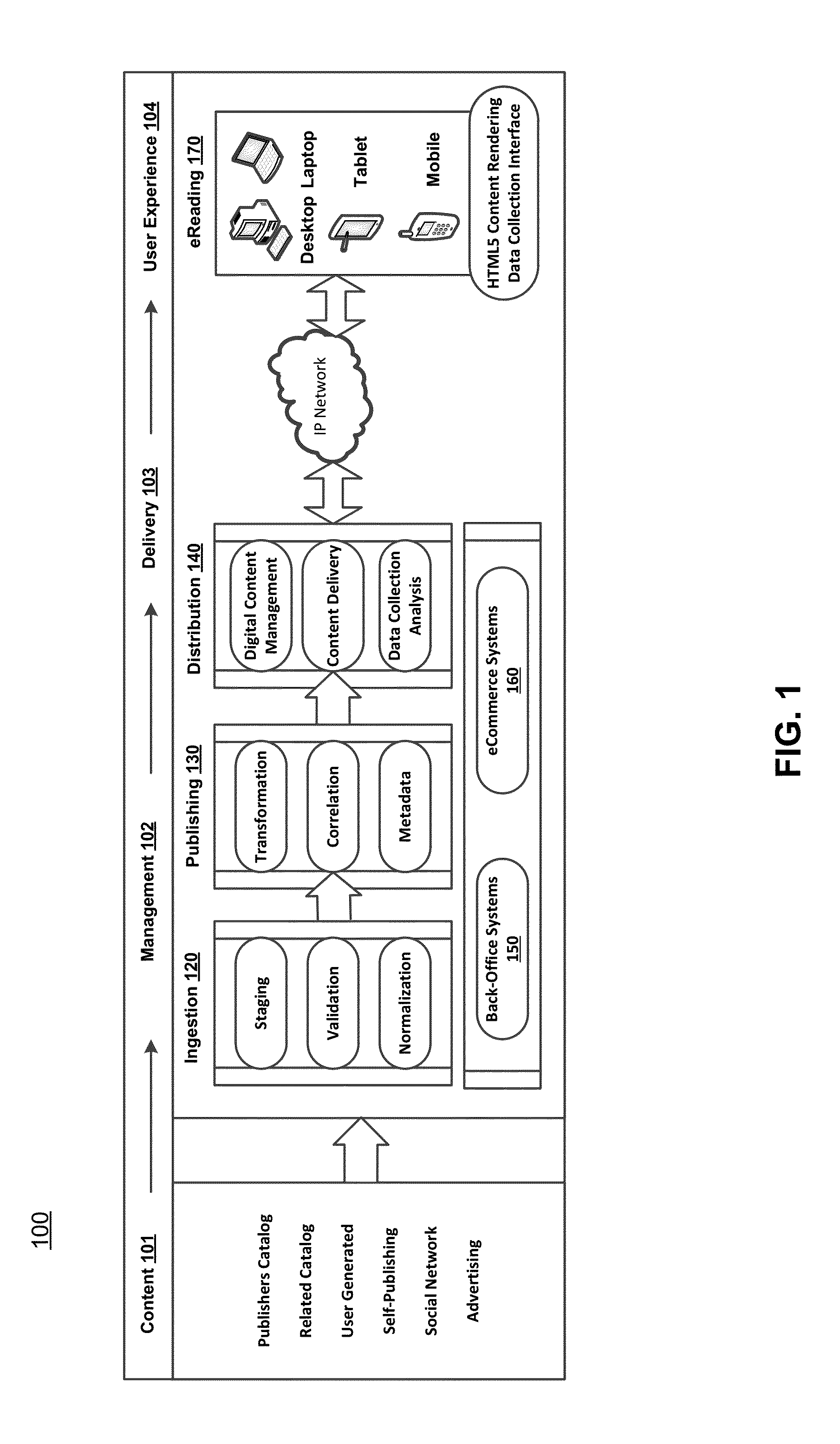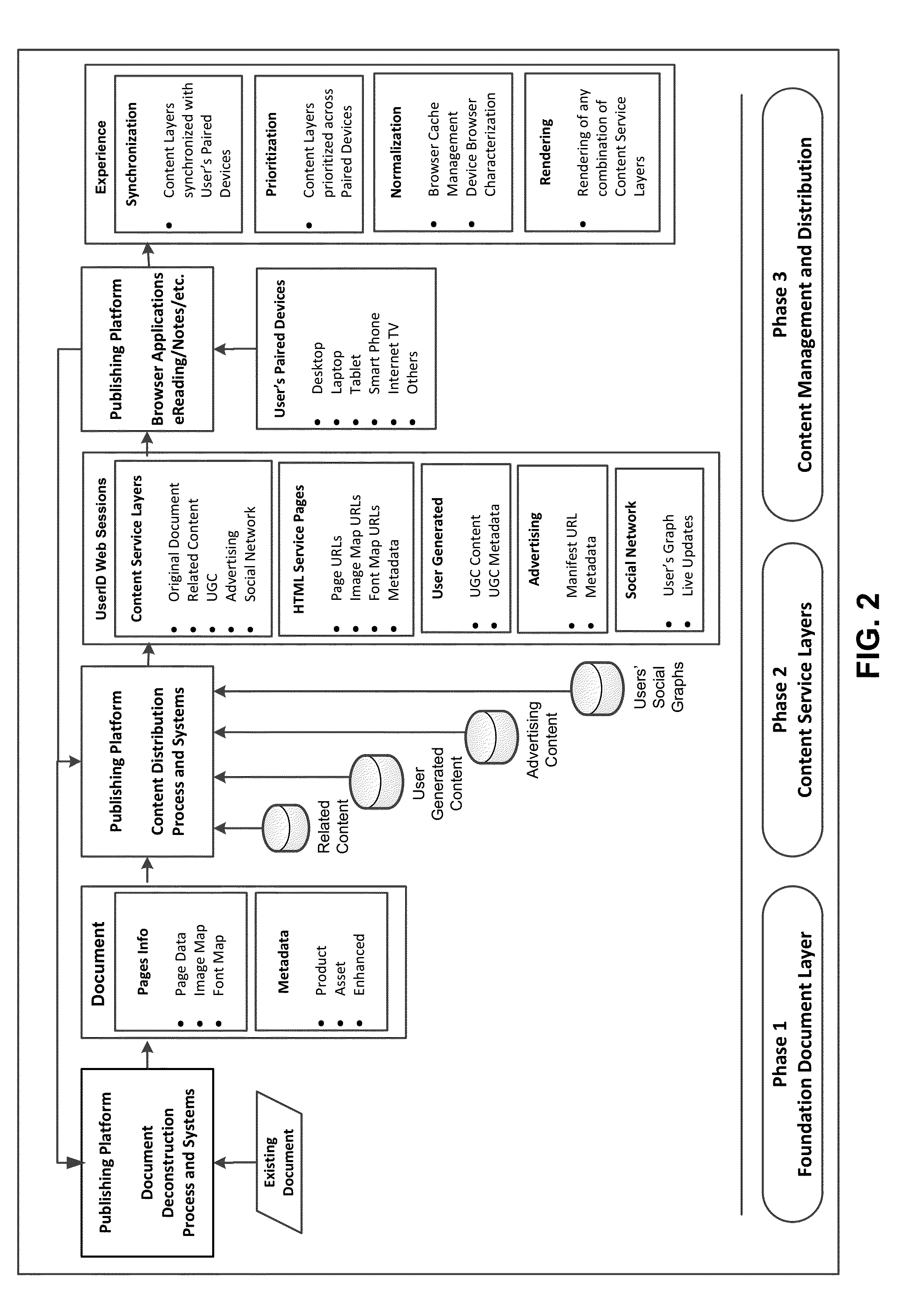Building a Topical Learning Model in a Content Management System
a content management system and learning model technology, applied in relational databases, instruments, web data retrieval, etc., can solve the problems of high resource investment and scalability, unfavorable topic extraction and organization, and inability to provide a unified relationship, etc., to achieve easy navigation of content and high complexity.
- Summary
- Abstract
- Description
- Claims
- Application Information
AI Technical Summary
Benefits of technology
Problems solved by technology
Method used
Image
Examples
example topic
Graph
[0150]As described above, one embodiment of the topic extraction system 420 generates a topic graph for display to users of the education platform 400. FIG. 19 illustrates an example topic graph 1900 showing topics associated with various sub-subjects of a subject matter taxonomy. The topic graph 1900 may be displayed to users of the education platform 400 via the user devices 430, and enables the users to browse content of the content catalog database 402 according to topics. The topic graph 1900 illustrates various nodes of the subject matter taxonomy, including sub-subjects 1924 within the “algebra” subject 1922, as well as topics 1926 associated with each sub-subject 1924. As shown in FIG. 19, some topics may be associated with multiple branches of the subject matter taxonomy. For example, the topic “matrix” is associated with the sub-subject “linear algebra”1924E as well as the sub-subject “college algebra”1924C. A user may interact with the topic graph 1900 to browse cont...
PUM
 Login to View More
Login to View More Abstract
Description
Claims
Application Information
 Login to View More
Login to View More - R&D
- Intellectual Property
- Life Sciences
- Materials
- Tech Scout
- Unparalleled Data Quality
- Higher Quality Content
- 60% Fewer Hallucinations
Browse by: Latest US Patents, China's latest patents, Technical Efficacy Thesaurus, Application Domain, Technology Topic, Popular Technical Reports.
© 2025 PatSnap. All rights reserved.Legal|Privacy policy|Modern Slavery Act Transparency Statement|Sitemap|About US| Contact US: help@patsnap.com



